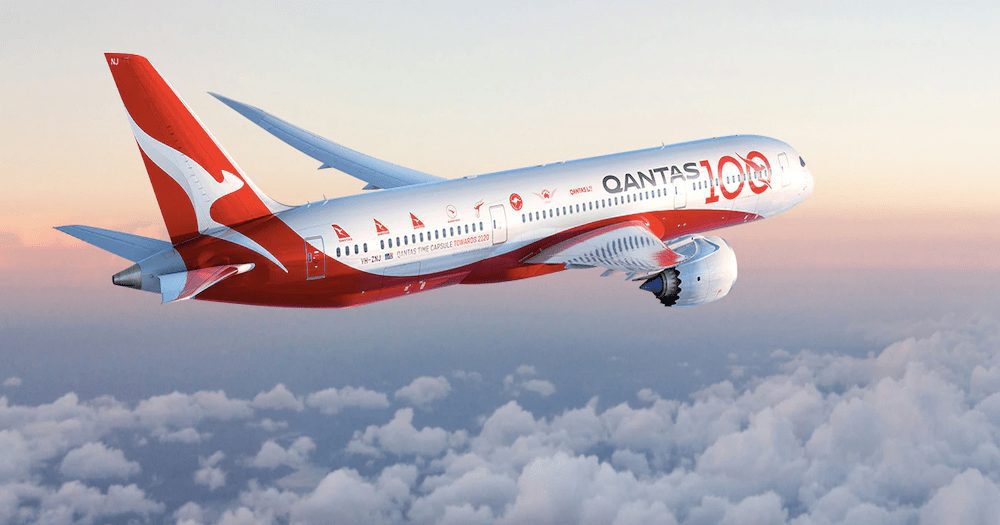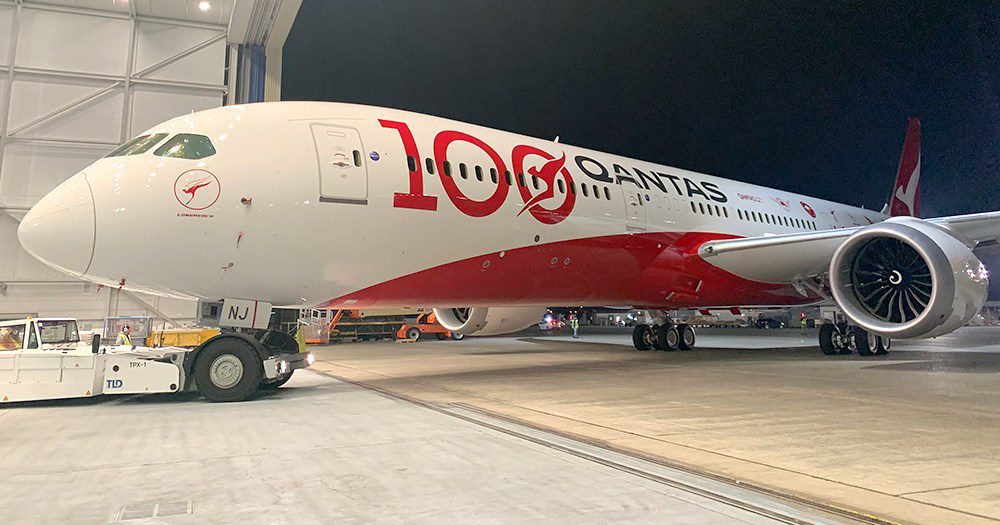The Qantas Group has today reported a $1.9 billion loss after tax for the financial year 2020, compared to the previous year which saw the Group report a profit of $1.3 billion.
Not surprisingly, the impact of international border closures, intermittent state border closures domestically and grounded planes for six months has led to Qantas’ worst results in their proud 100-year history.
At the statutory level, the Qantas Group reported a $2.7 billion loss before tax, due mostly to a $1.4 billion non-cash write-down of assets including the A380 fleet planes parked in the Mojave desert for the next three years and $642 million in one-off redundancy and other costs as part of restructuring the business for recovery.
From April to the end of June, Group revenue fell 82 per cent while cash costs were reduced by 75 per cent.
In what the group says ‘has been the most challenging period in its long history,’ the Qantas Group still, however, reported a $124 million underlying profit before tax for the 12 months ended 30 June 2020, down 91 per cent on the prior year.
“The fact that we still delivered a full-year underlying profit shows how quickly we adjusted when revenue collapsed,” said Qantas Group CEO Alan Joyce.
This reflects a strong first half of the year ($771 million Underlying Profit Before Tax) followed by a near-total collapse in travel demand and a $4 billion drop in revenue in the second half due to the COVID-19 crisis and associated border restrictions.
Despite significant uncertainty across most markets, the Group say they remain well-positioned to take advantage of the eventual return of domestic and, ultimately, international travel demand.
In the meantime, Qantas Freight and Qantas Loyalty continue to generate significant cash flow and charter operations for the resources sector are performing strongly.
“We were on track for another profit above $1 billion when this crisis struck. The fact that we still delivered a full-year underlying profit shows how quickly we adjusted when revenue collapsed.”
Alan Joyce, CEO Qantas Group
Looking ahead

Qantas says the group’s recovery plan allows for a ‘high level of flexibility given uncertainty on border restrictions and travel demand, while also acknowledging the critical nature of air transport to the Australian economy.’
Domestic operations: Given current border restrictions, 20 per cent of pre-COVID Group Domestic capacity is scheduled for August. Recent sales activity shows high levels of travel demand when restrictions are eased.
International operations: The group says the international network is unlikely to restart before July 2021; possibly earlier for Trans Tasman.
In total 20,000 employees at the airline remain stood down with 6,000 jobs having been already made or in the process of being made redundant. Totalling around 20 per cent of its workforce.
In what was supposed to be the 100th year of celebrations for the Qantas Group, instead, the sad picture couldn’t seemingly be any worse.
Speaking about the results, Group CEO Alan Joyce said: “The impact of COVID on all airlines is clear. It’s devastating and it will be a question of survival for many. What makes Qantas different is that we entered this crisis with a strong balance sheet and we moved fast to put ourselves in a good position to wait for the recovery,”
Read CEO Alan Joyce’s full speech here.
Read the full results report here.





